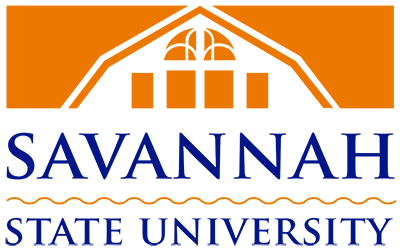An evaluation of SSU’s mission statement reveals that student success is a key element of the University’s mission. As stated in the mission statement that the University, “develop productive members of a global society through high quality instruction.” Further evidence of the University’s focus on student success is our Strategic Priority One: Academic Engagement and Achievement 2014-2020 Strategic Plan. Through the strategy, SSU will improve its retention and graduation rates by “enhancing academic support and advisement to increase student success”. We will also improve progression-to-degree by employing Objective 6 of Goal 2 of Strategic Priority One: “To sustain high quality education while responding to changing student populations and offering opportunities that shorten time to degree completion.” We achieve these standards by employing the recommendations that came out of our Strategic Alignment of Resources (SAR) Planning Committee “Retention Sub-Committee”.
- We hired a Vice President of Enrollment Management;
- We realigned Student Advisement at SSU; and
- We established a new Department in the Office of University Advancement called, Advancement to create new financial support vehicles… to motivate students.
To that end, advising at SSU was organized into two general areas:
- Professional Advisors; and
- Faculty Mentors
The Professional Advisors Handbook outlines the roles, responsibilities, and resources for professional advisors, sets the stage and outlines the policies and procedures for the work that will be performed by the Professional Advisors. Currently, SSU employs a bifurcated model for advising; professional advisors work with students up to 60 hours and then the faculty advisors assist the students through completion. This model presented a number of challenges that will be resolved under the new plan.
The professional advisors are assigned now to students for their entire academic career at Savannah State University to ensure a consistent appreciative advising experience across disciplines and majors.
Notwithstanding, SSU has set criteria to be measured for undergraduate student achievement in key areas, such as retention rate, # of bachelor’s degrees conferred, graduation rate, licensure examination and program passing rates.
| Category | 16-17 | 17-18 | 18-19 |
| Retention Rate | 59.60% | 58.00% | 60.60% |
| Graduation Rate | 27.50% | 27.50% | 27.70% |
| Degrees Conferred (Undergraduate) | 594 | 623 | 678 |
